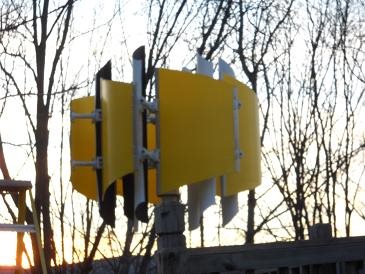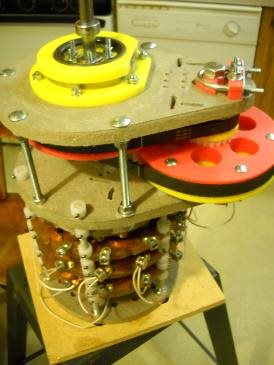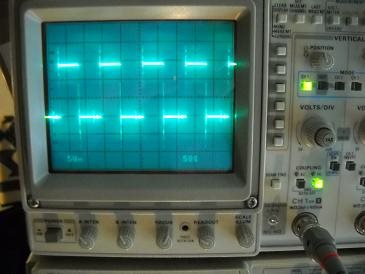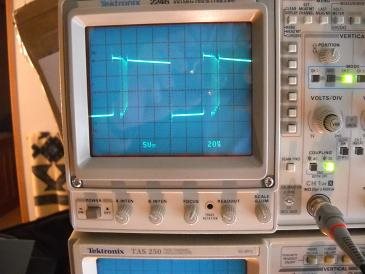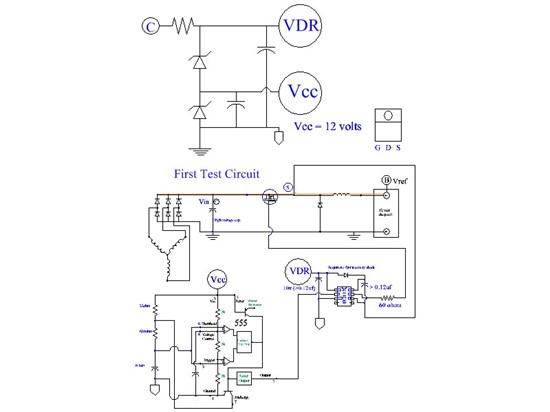Greetings, I am working on a basic buck converter for a permanent magnet alternator that will be driven by a vertical axis wind turbine to charge a 12 volt battery bank. A discrete dump load controller will be used to divert the load when the battery bank is fully charged. The open circuit voltage of the permanent magnet alternator can range from 0 to over 200 volts. Max current output desired is 15 amps. This is a first attempt and I am requesting information on a suitable gate driver for a synchronous two fet buck converter. Any information will be greatly appreciated.
